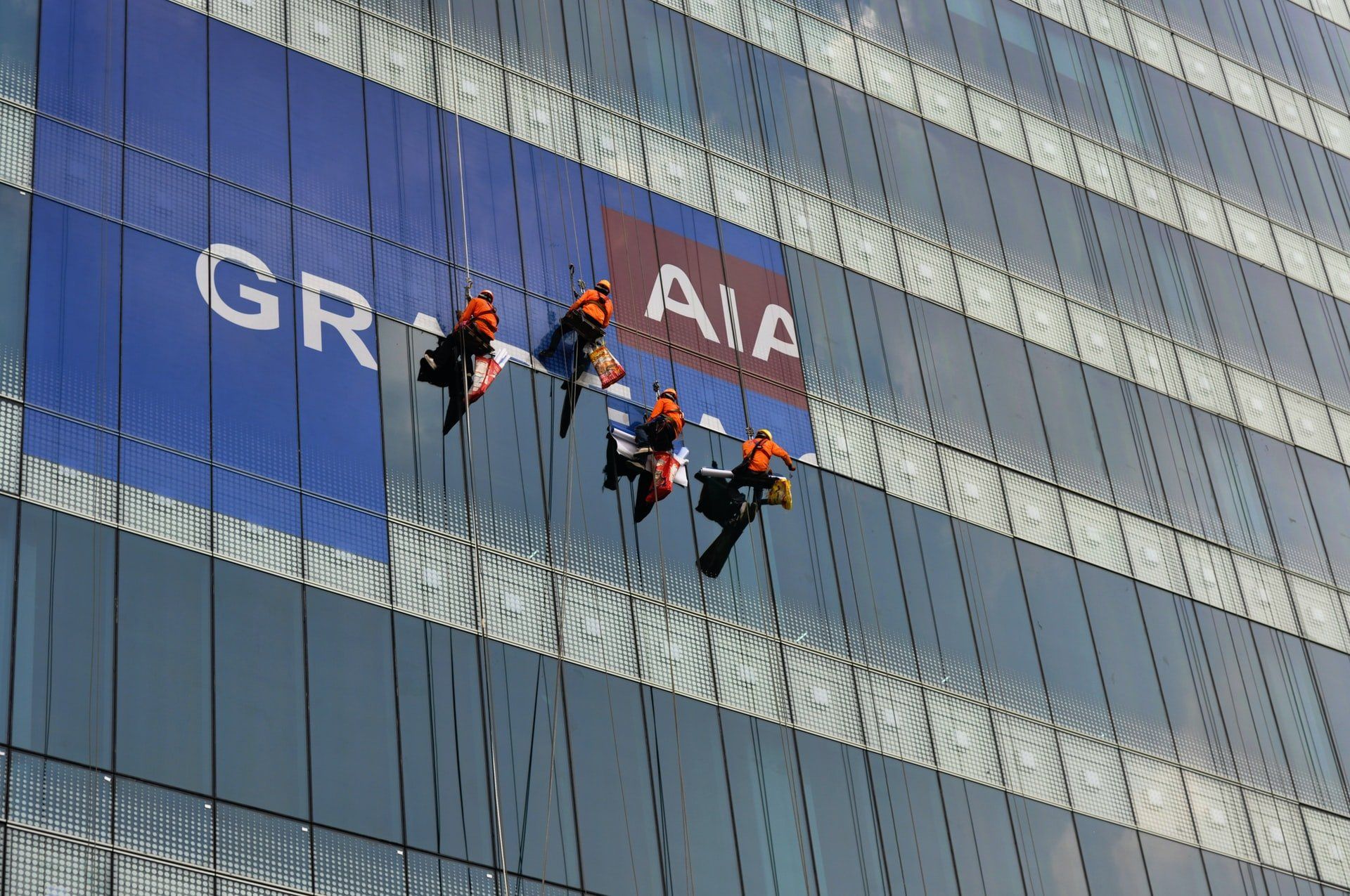How to Create and Maintain a Safe Workplace

Photo by Naseem Buras on Unsplash
From fire safety to evacuation procedures, there are so many safety aspects to keep in mind when dealing with large office buildings, complex factories, and many other types of workplaces out there. In the US, the Occupational Safety and Health Administration (OSHA) states that employers are directly responsible for workplace safety. This is the same case in many countries, where employee safety is a compliance matter mandated by law. Many organisations think conducting yearly safety training and putting up a few posters ticks all the boxes for creating and maintaining a safe workplace. There is much more to it than that.
Here we look at some of the main ways to create and maintain a safe workplace that will stand the test of time, improving health and safety standards more and more as time goes on. So without further ado, here is how you can create and maintain a safe workplace for your employees!
Use digital wayfinding software
Have you ever heard of 3D indoor mapping? You can create a safer workplace using digital wayfinding software that is designed to treat the inside of an office building or other workplace environment just like an outdoor map.
While the primary purpose of this software is to help employees and visitors find their way around a complex indoor building, there are additional safety features too. For example, in the event of a fire, the software can provide users with multiple safe routes out of the building. Furthermore, the software can be used to find the nearest fire extinguisher if a fire breaks out.
In a similar vein, the software can be used to locate first aid kits and defibrillators if there is a medical emergency in the building. Finally, if you’re trying to reduce person-to-person contact in the post-Covid world, this digital wayfinding software can track and analyze how your workers use the space, allowing you to make data-informed decisions about changes to office layout.
2. Ensure your employees are properly trained and ready
From first aid safety courses to fire safety and electrical hazards, there are many things that can go wrong in a place of work, especially in a warehouse or factory type of setting. Add in the complexity of work-from-home now and hybrid situations (where your employees may only come to work every other day instead of daily), there may be a lot of “forgetfulness” and “laziness” that creeps into your employees.
As such, you need to ensure your employees are thoroughly trained and tested on their safety knowledge regularly so they know how to respond and prepare for emergency situations ahead of time. (Bear in mind that how the employees work at home may not be similar to situations faced in the office!)
If some employees haven’t been to the office in a while, providing digital updates and refresher courses via your Learning Management System (LMS) or even via your office communication tools (office Whatsapp Group, necole etc) can be a great way to keep the knowledge fresh in people’s minds.
Read More: Reinventing Training for the 21st Century
3. Provide proper PPE and equipment
Office equipment should be safety tested regularly, even if it’s just an unassuming laptop or computer monitor. Northern Beaches electricians share that electrical fires do happen and will happen, so make sure your items are tested regularly. Moreover, ensuring compliance with ADA safety regulations by installing restroom partitions from One Point Partitions is just as vital to maintaining a safe and accessible workplace environment. Such measures not only protect the company from potential lawsuits but also demonstrate a commitment to employee and visitor well-being.
If your workers are in a dangerous environment for part of their job, be sure to provide them with high-quality PPE that will keep them safe from flying sparks, heat, and whatever else they may encounter. Expand your understanding of workplace safety and the vital significance of PPE through insights shared by Protex AI.
4. Use visual safety cues
Posters, bulletins, videos, and other safety-related cues can be easily displayed around your building, making it simple to reinforce safety information and help employees retain important information about safety in the workplace.
If you can afford it, displaying TVs playing muted visual safety videos on repeat can be very effective ways to teach people safety practices in a memorable way. It’s something that you see at a lot of airport security lines, for example.
5. Ask for feedback and encourage transparency
Alot of accidents in the workplace could be easily avoided if communication was improved. People often don’t want to highlight safety concerns for fear of losing face with their boss, but this is a toxic culture that should be avoided.
Create an environment where employees feel okay complaining about safety issues, and feel free to ask them for feedback on ways that workplace safety can be improved. From digital wayfinding software to proper PPE, there are many ways to create and maintain a safe workplace. Workplace safety is a key for the success of your business. Hopefully one of these tips works for you!
Business
Tags: HR





